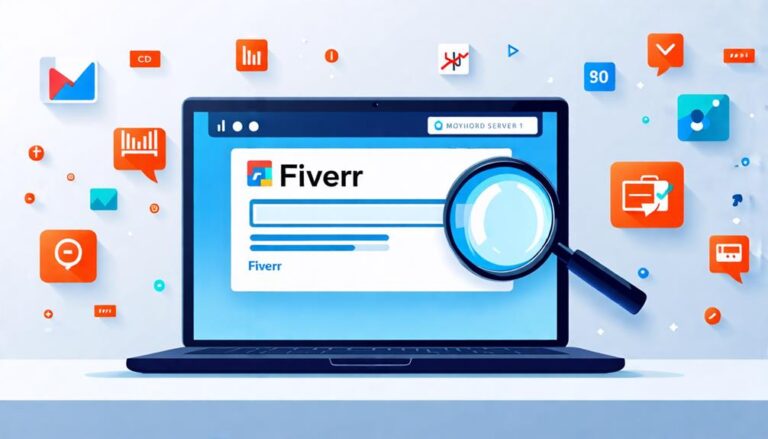Creating a content calendar for a small business involves several steps.
First, identify the core themes and topics that align with your marketing objectives and resonate with your target audience.
Then, plan and schedule content strategically, balancing promotional, educational, and entertaining content to maximize audience engagement.
To implement a content calendar, start by determining the frequency and types of content you want to publish, such as blog posts, social media posts, or newsletters.
Next, create a calendar template or use an online tool to schedule your content in advance.
Assign specific topics, formats, and publishing dates to each piece of content, and ensure that they are aligned with your marketing objectives.
Key elements of a successful content calendar include:
- Identifying target audience and marketing objectives
- Planning and scheduling content strategically
- Balancing promotional, educational, and entertaining content
By following these steps, small businesses can create and execute a successful content calendar that helps them establish a strong online presence and engages their target audience.
Identify Your Content Goals
Establishing clear content goals is essential for side hustlers, as it enables them to tailor their content strategy to support specific marketing objectives, such as increasing online visibility, attracting new clients, or driving revenue.
To identify effective content goals, side hustlers must first conduct an audience analysis to understand their target audience's needs, preferences, and behaviors.
This involves gathering data on demographics, interests, pain points, and content consumption habits.
Choose a Calendar Template
Selecting a suitable calendar template is a crucial step in creating an effective side hustle schedule, as it provides a structured framework for organizing and managing projects and tasks in a way that aligns with your business goals.
With numerous template options available, consider your design preferences and choose a template that complements your side hustle's visual identity. Template formats can range from simple spreadsheets to more complex, interactive tools.
When choosing a calendar template, think about the type of projects you'll be working on, the frequency of client meetings or deadlines, and the channels you'll be using to communicate with clients or market your services.
For example, a freelance-focused template might include columns for tracking client work, while a product-based template might include space for outlining production schedules and inventory management.
Plan Your Content Themes
To create a cohesive and engaging content strategy for your side hustle, identify three to five core themes that align with your entrepreneurial goals and resonate with your target audience. These content themes serve as the foundation for your content calendar, guaranteeing a consistent message and tone across all platforms.
Well-planned themes also enhance audience engagement by providing valuable, relevant, and timely information that addresses their needs and interests.
When selecting content themes for your side hustle, consider your business objectives, industry trends, and customer pain points. Brainstorm ideas that support your goals, such as educating potential clients about your freelance services, showcasing your expertise, or highlighting successful projects.
Validate your themes by researching your target audience's preferences, interests, and behaviors. Analyze their feedback, comments, and social media interactions to refine your themes and ascertain they align with their expectations.
Schedule Your Content Posts
By aligning your side hustle's content themes with a strategic posting schedule, you can maximize audience engagement, guarantee consistency across all platforms, and drive traffic to your online presence.
Effective scheduling is key to implementing best posting practices and ensuring that your content resonates with your target audience. Consider seasonal content strategies to capitalize on timely topics and trends related to your side hustle.
To create a well-rounded posting schedule for your side hustle, consider the following:
- Peak hours: Identify the times when your target audience is most active and engaged with your side hustle's content.
- Content mix: Balance promotional, educational, and entertaining content to cater to diverse interests and showcase your side hustle's unique value proposition.
- Frequency: Determine the ideal posting frequency to maintain visibility without overwhelming your audience and diluting your side hustle's message.
- Platform-specific content: Tailor your content to each platform's unique features and audience preferences to maximize your side hustle's online reach.
Track and Measure Performance
Refining your content strategy for optimal engagement and conversions requires tracking and measuring performance. Establish clear key performance indicators (KPIs) that align with your side hustle's content goals.
Utilize analytics tools to monitor metrics, such as website traffic, social media engagement, and conversion rates, to assess the effectiveness of your content. Regular analysis allows for informed decisions on future content creation.
Identify which content types resonate with your target audience by analyzing audience engagement metrics like likes, comments, and shares. Use this information to refine your strategy, adjusting topics, formats, and distribution channels for maximum engagement and conversions.
Continuously tracking and measuring performance optimizes your content strategy, improving audience engagement and driving business goal achievement.
Conclusion
The absurdity of online presence without strategy is akin to shouting into a void.
Small businesses must create content calendars to orchestrate their online endeavors. By doing so, they guarantee a harmonious balance of promotional, educational, and entertaining content, thereby driving engagement and revenue growth.
The alternative is a cacophony of irrelevant posts, lost in the digital ether.
Only through deliberate planning can businesses truly harness the power of online marketing.

















































0
View comments